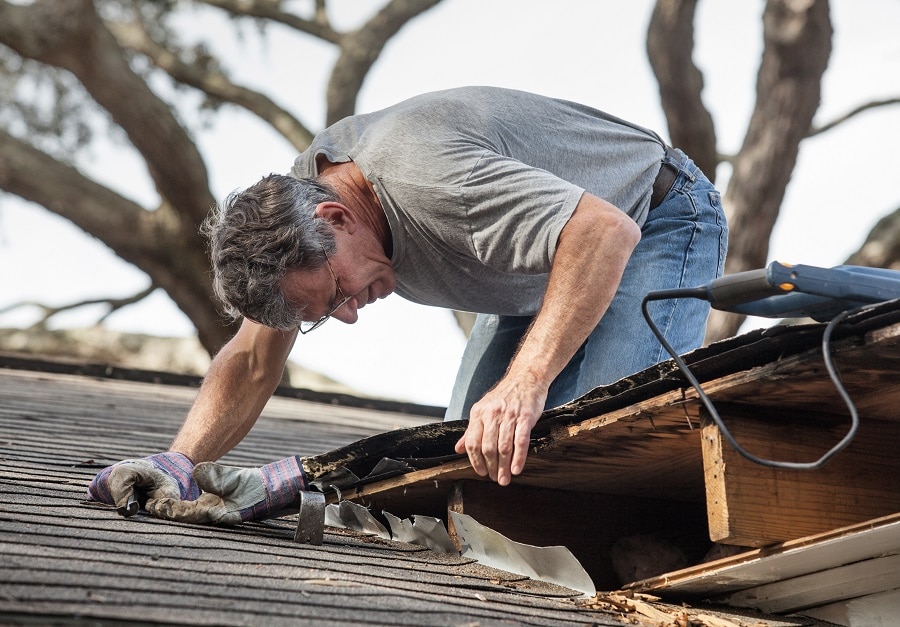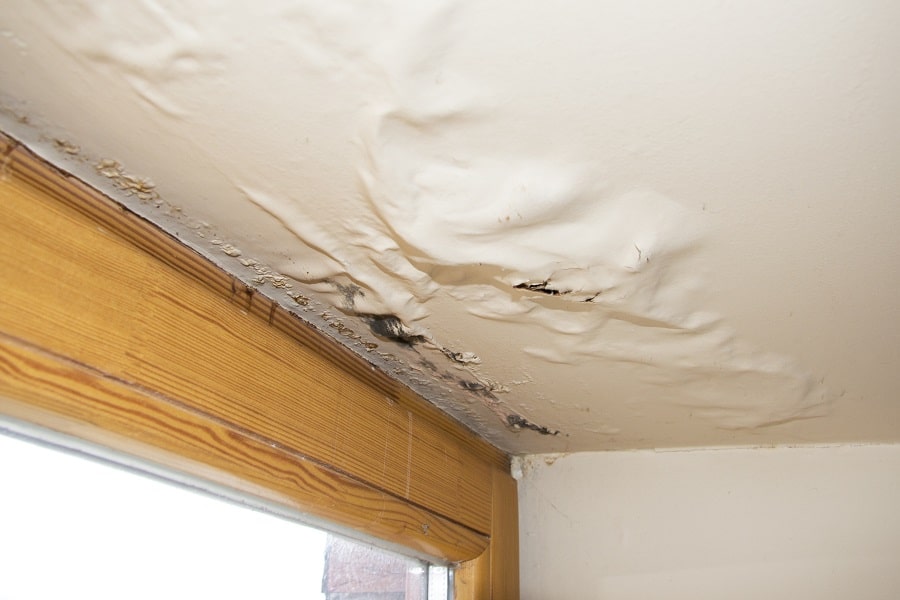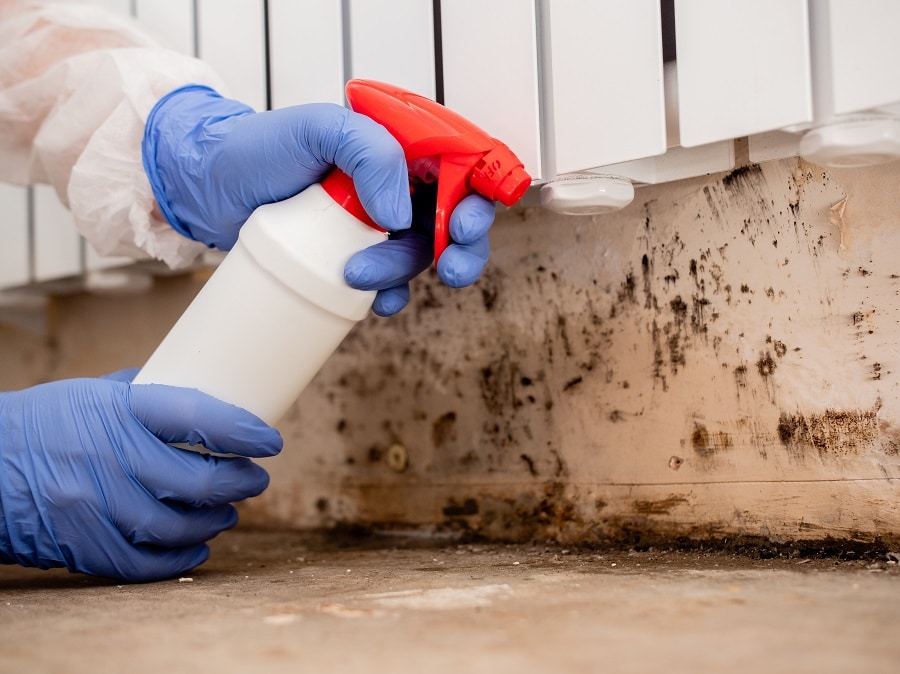Rot is often the cause of timber decay, regardless of the age of the building that houses it. Wood rot comes in two predominant forms: wet and dry rot, and they both occur as a result of fungal decay in building timbers.
What is Wet Rot?
Wet rot is a parasite that can be found in wet timber. It warps the timber, making it swell and causing the fibres to separate, this can lead to loss of strength, and eventually, crumbling in the timber structure. Wet rot can expedite decay in timber, making it lose structural integrity and to eventually break. Exposure to sources of moisture is the root cause of wet rot in structural wood. This could be from the ‘wet’ side of the structure, through faulty plumbing or penetrating damp. Wet rot is fungi that can spread and inflict damage on neighbouring timbers.
Our Guarantee
- upto 30 year guarantee
- customer focused team
- 20 years combined experience
- portfolio of satified customers
- attention to detail
- Construction line accreditation
- public liability insurance
- CHAS accreditation
What is the Difference Between Dry Rot and Wet Rot?
Dry rot inflicts extensive damage much faster to structural timber as it spreads through the affected building. Wet rot, while occurring more often, causes less harm; the waterlogged areas on the timber suffer virtually all the damage. In the absence of noticeable fungi, we can identify wet or dry rot by observing the variation in timber colour and the size of the cracks seen on the timber.
What causes Wet Rot?
Certain environmental conditions dictate the appearance of wet rot spores on timber. The major cause of wet rot is moist timber. Moisture plays a major role in the appearance and progression of wet rot. As a result, signs of decay become visible on the timber.
The Dangers of Wet Rot in Hove
Wet rot poses a serious risk to the longevity of a building. It can even reduce the market value of the affected property. Wet rot in the home must be addressed immediately, otherwise, you run the risk of it spreading and infecting the rest of your home. A recent survey asked 2,038 London homeowners if they ever noticed wet rot in their homes, where the rot was found, and also if they had any success preventing a recurrence.
The shocking results revealed that more than 20% had experienced wet rot in their homes. Wet rot destroys timber flooring and can make the building structurally unsafe. Apart from the costly repair work, it could go even further by devaluing your property. Most insurance providers will not offer policies to buildings with clear signs of moisture ingress or damp buildup.

What are the Warning Signs of Wet Rot?
Signs of wet rot in timber, or the conditions necessary to accommodate the growth of the fungus, can vary depending on the cause and type of moisture it is exposed to. Common signs include a malfunctioning central heating boiler, musty smell, peeling wallpaper, and cookers not working properly. Common areas where you can find wet rot include underneath the kitchen sink, along external walls, and roof spaces/attics. It commonly affects older houses which have been built with timber frames and not modern timber species such as Sapele or Meranti. Timber that is found below ground level or reaching a one-floor level is susceptible to wet rot as well. Recognising wet and dry rot is the first step on the road to tackling it. If you notice any signs of wet rot infestation, then you should carry out a damp survey as soon as possible.
Call Our Sussex Damp Experts team now for quote, consultation and advice:
Call on 01273 257 765.
How and When Should I Look for Wood Rot?
Searching your home for any signs of wood rot or damp should be done annually, just like spring cleaning. The period just before winter; during your weatherproofing activities, is a good time for it. You need a flashlight and a screwdriver.
Looking out for discolouration or swelling below and around the windows is necessary for buildings with wood siding. Wood rot can be disguised by paint, make sure you poke the siding with the screwdriver to be sure that it is solid. If the wood is spongy and the surface gives as you apply pressure, you’ve got a wood rot problem. Scan the attic with a flashlight for discoloured wood. Perform the screwdriver test if you find any that matches this description. There are some prime spots you should examine for the growth of wood rot in the attic including the edges where the eaves are formed by slanting rafters, the roof decking base, and the joints where wood logs intersect at the top of the roof.
Using the flashlight to check out discolouration on the perimeter wood plate on the concrete basement wall, study the wood in a crawl space (sill plate) or basement. Use the screwdriver test on any discoloured regions you come across. Check the walls and floors to spot discolouration below sinks and catch water leakage around baths/tubs and the water heater.
How do we identify wet rot?
Recognising wet rot is not always a straightforward or easy task, wet rot is versatile and attacks timber in several forms. An excellent way to confirm rot in painted timber is to stick a knife in it, up to the hilt. Our professional damp-proofing team has the training and experience to search for the following:
- Localised fungal growth on timber
- The soft, spongy feel of timber; the affected area appears darker than the surrounding timber.
- The soft and spongy texture of rotting timber; the affected region often looks darker than the other parts.
- That spongy, soft feel timber gets when affected by wet rot; the affected parts are darker than the other areas.
- The spongy, soft texture of rotten timber; the infested area is darker than the other parts.
- The springy feeling that is an indicator of wet rot; the affected area is often darker than others around it.
- Crumbling of affected dry timber into particles.
- Dry timber crumbling into particles.
- The crumbling of infested timber into dry particles.
- Dried-out timber disintegrating into particles.
- The disintegration of rot-eaten timber into particles.
- Shrinking timber
- Bleaching wood in window and door frames
- Flaky or damaged paint
- A musty, damp smell
What to Do After You Detect Wet Rot?
You need the services of a damp expert to take on wet rot; ensuring the source of moisture is identified and blocked is crucial to preventing repeat cases. For more help on wet rot treatment, Sussex Damp Experts can help! Reach us on 01273 257 765 today.
Wet Rot and Damp Proofing in Hove

We can provide help with damp proofing and wet rot treatment in Hove. Call us if you notice any signs of damp or wet rot in your home, we can fix the problem and help you avoid the health risks and potential damage to your building’s structural integrity as the decay spreads. One of our qualified damp surveyors will be able to determine the cause of the problem and the best course of action to rectify the issue.
Timber damp proofing is quite different from cosmetic treatment; it is a strategic approach to maintenance that is geared towards protecting the timber from decay. There are two ways to appropriately protect the timber.
Surface treatments are never reliable; they fail and worsen the situation in due course. The only solutions are either fully covering the surface using a membrane, replacing the timber, or treating it. Sussex Damp Experts can provide more information on wet rot treatment, call our experts on 01273 257 765 today to get started.
Wet Rot Treatment Specialists in Hove
With 20 years experience tackling wet rot in Hove, we are leading specialists offering free, no-commitment cost estimates and site surveys to a wide range of property owners. Our wet rot and damp proofing experts will visit you, identify the signs of water ingress or wet rot, and then recommend the best course of action. Our team of experts employ advanced techniques to curb the spread of different types of wet rot in properties.
Wet Rot Treatment in Hove
Wet rot typically occurs in areas with sustained exposure to moisture. Nevertheless, during wet rot treatment we don’t just fix the damage alone, we address the issue from the source. We eliminate the possibility of facing similar issues by identifying exactly how the moisture reaches the timber and blocking off all the access points. Wet rot treatment should be handled by professionals who understand the process and can provide lasting solutions. Delay in treatment can result in a compounded increase in the treatment cost. The best thing to do when you notice signs of wet rot or damp is to call experts such as Sussex Damp Experts for help.

We can provide lasting solutions to wet rot. At Sussex Damp Experts, we quickly determine the source of the dampness and which areas have been most affected. Don’t delay any longer, call 01273 257 765 today or fill out the contact form.
Our Wet Rot Treatment Process in Hove
The more you delay starting treatment, the worse the situation becomes. If you identify the presence of the fungal rot early, treatment can usually be confined to a small area of timber. In more severe cases, where wet rot has spread its tentacles across the breadth of your timber, you may have to replace entire timbers beams or intake major remedial works. Treating wet rot involves a series of steps. The treatment process begins with an assessment of the source of the problem and eliminating exposure of the timber to moisture. We identify the source of moisture ingress including condensation and broken guttering, and we apply corrective measures to cut them off. Inexperienced contractors and builders tend to focus on replacing the decayed wood. Chemical Preservatives are then applied to the area in question after replacement. This method will end in disaster. If you are unsure about the presence of wet rot in your building, no worries! Sussex Damp Experts is always ready to help you get rid of it and save your timber.
What happens to Wet Rot if left untreated?
If you ignore wet rot treatment, your property’s structural timber will ultimately weaken and, in some cases, even pose a health risk to the inhabitants. When wet rot sets in, the timber loses its strength and will break if you poke it with a sharp object. The ultimate result is a loss of structural integrity and even possibly your building being condemned. Call Sussex Damp Experts 01273 257 765 to get started.
What is the cost of Wet Rot Treatment in Hove?
The effects of rot are devastating for any property. Repair and damp proofing costs will be different for each project based on the type and level of damage inflicted on the wood. However, don’t let it deter you. Our wet rot treatment services in Hove come at an affordable cost. We advise you on the right decisions for the wellbeing of your family and your home.
How to prevent wet rot?
Wood should be protected from moisture at all times to prevent decay. Wood hardeners for use on timber at risk of being affected by wet rot are also an effective measure. The wood gains strength after the hardener soaks into it. Areas of properties most affected by damp include sills, window boxes, timbers that touch brickwork but have not subjected to damp proofing treatment including the use of a fungicide and sealant.
Talk to Our Wet Rot Treatment Experts Today!
Sussex Damp Experts can provide more information on wet rot treatment, call our experts on 01273 257 765 today to get started.
FAQ
Is wet rot smelly?
Is Wet Rot Capable of Spreading?
Can Wet Rot Cause Health Problems?
Is there a DIY treatment solution?




